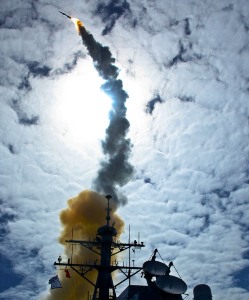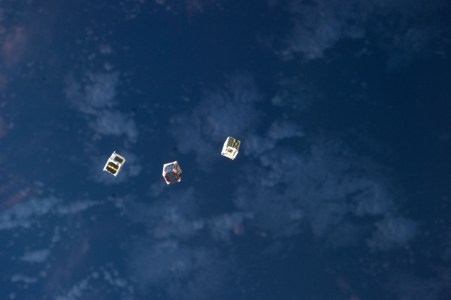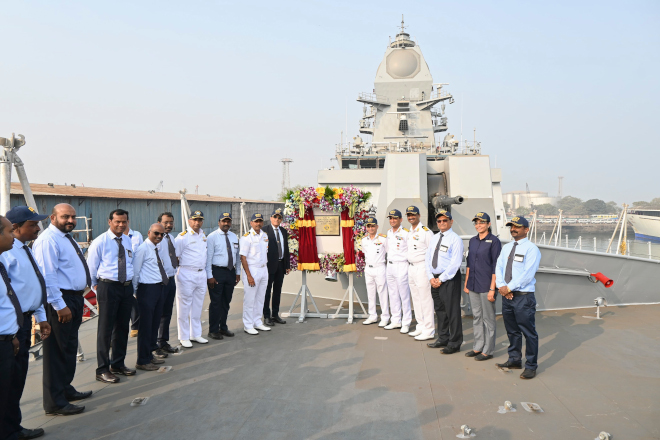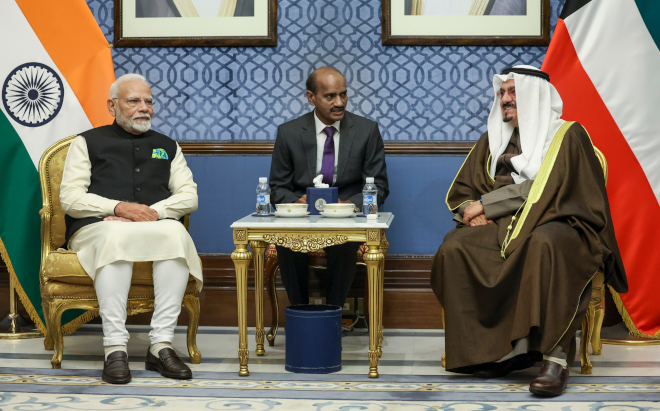
An SM-6 missile being test launched. A file photo
KAUAI, HAWAII (BNS): The US Missile Defense Agency (MDA) along with the Navy has successfully conducted a series of missile interception tests involving the Raytheon-built Standard Missile systems to take on enemy cruise and ballistic missile targets.
The tests, conducted from July 28 to August 1 at the Pacific Missile Range Facility in Kauai, Hawaii, demonstrated successful interception of short-range ballistic and cruise missile targets by US Navy destroyer USS John Paul Jones configured with the Aegis weapon system.
The interceptor missiles fired during the event were three modified Standard Missile-6 (SM-6) variants and one Standard Missile-2 Block IV variant.
While one SM-6 (Dual 1) was fired to detect, track and destroy a short-range ballistic missile (SRBM) target, the other two SM-6 weapons were fired to demonstrate their anti-air warfare capability by detecting, tracking and engaging two air-launched target cruise missiles.
The SM-2 Block IV missile successfully intercepted another SRBM, the Missile Defense Agency said.
"This important test campaign not only demonstrated an additional terminal defense layer of the BMDS, it also proved the robustness of the multi-use SM-6 missile on-board a Navy destroyer, further reinforcing the dynamic capability of the Aegis Baseline 9 weapon system," MDA Director Vice Adm. James D. Syring said.
Raytheon said that the MDA's Sea-Based Terminal (SBT) programme will protect against ballistic threats in their terminal phase of flight using SM-6 missiles integrated into the Aegis Weapon System.
"Called SM-6 Dual 1, it's on track to achieve initial operating capability in 2016," the company said.
The US Navy has already been using the SM-2 Block IV configuration for short-range ballistic missile interception at terminal phase.
 Next Article
Next Article













The Indian Air Force, in its flight trials evaluation report submitted before the Defence Ministry l..
view articleAn insight into the Medium Multi-Role Combat Aircraft competition...
view articleSky enthusiasts can now spot the International Space Station (ISS) commanded by Indian-American astr..
view article